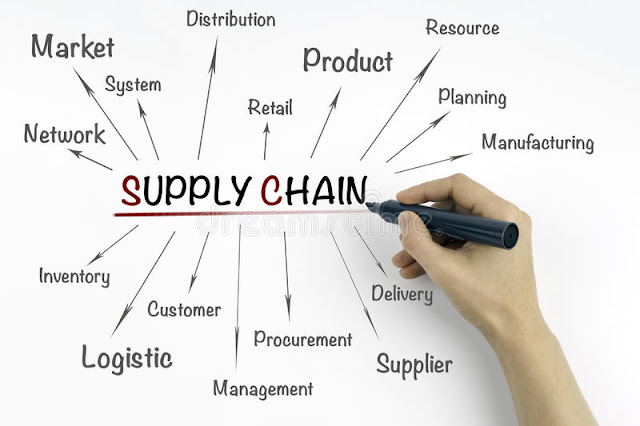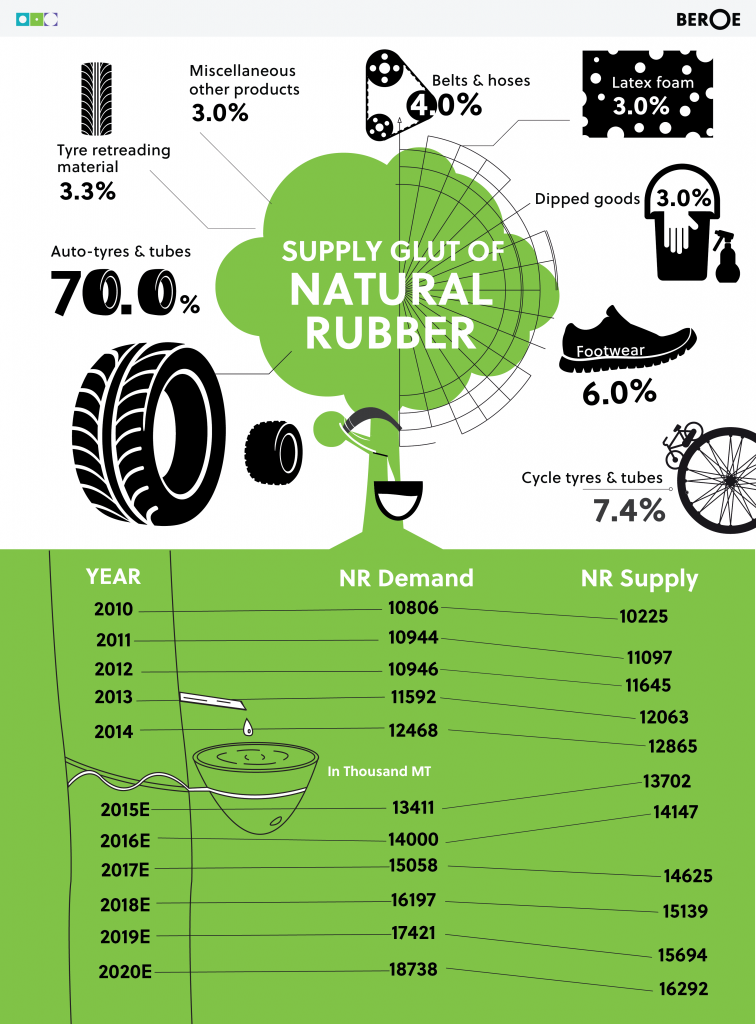The Colombo tea auction, which is the oldest and uninterrupted in the world, open a new chapter on 4th April 2020 when it transitions onto an electronic platform for the first time in history. Online auction has been spoken about in Sri Lanka many years, but the industry had failed to reach an agreement. However, given the COVID-19 pandemic and the need to keep the economically-important tea industry going, the trade and brokers have united.
This switch to an online platform is as a countermeasure against the Covid-19 pandemic. The Colombo Tea Traders Association (CTTA) made this quick and crucial decision knowing that this is the only method to keep the tea trade operational. With the utmost support and cooperation of all stakeholders, the historical first online auction was successfully conducted on 4 April.
In Sri Lanka, the first Covid-19 patient was confirmed on 27 January to be a Chinese woman from Hubei Province. After she had recovered and returned to China, the country had been considered relatively safe from the disease until 10 March, when the first Sri Lankan patient was detected. The situation has changed at high speed after many Sri Lankan migrant workers who had been working in Italy started to come back and many of them were confirmed positive with the virus. The government took immediate actions such as suspension of the Colombo International Airport for inbound passenger flights since 18 March, three-day closure from 17-19 March for public sector, followed by a nationwide curfew since 20 March with very limited liftings. However, the agricultural section including tea is exempted and both plantations and smallholders continue producing tea.
Sri Lanka annually manufactures about 300,000 metric tonnes of tea, and exports 90% of them through buyers at the Colombo Tea Auction. As the world’s second largest tea trading center next to Mombasa, Kenya, the Colombo Auction handles on an average of 6,000 to 7,000 metric tonnes of tea weekly. It means even one week’s cancellation of the trade will cause a heavy burden for the following sales. Along with eight tea brokers’ representatives, some hundreds of buyers gather in three auction rooms in the building of the Ceylon Chamber of Commerce on two consecutive days every week. The bids had been put by “cry-out” since its beginning in 1883.
The hazardous factors for the infection of the virus are now known as enclosed rooms, big gatherings and close person-to-person contacts. Unfortunately, the traditional cry-out tea auction bears all of them. The CTTA together with the Sri Lanka Tea Board (SLTB) made the one-day delayed manual auction possible on 19-20 March with the stringent precautions. However, many buyers hesitated to appear at the auction to avoid the infection. Consequently, the sales dates were rescheduled again, and special passes were issued for tea traders to come to the venue during the curfew. Under these difficult circumstances, how to conduct tea auctions without physical attendance became the imminent issue.
Although the manual tea auction in Colombo had been well established and coordinated to its best possible state, the computerisation of the auction has been discussed and some trials were made in the last 20 years in order to reduce cost and improve efficiency. However, those efforts couldn’t be accomplished until Covid-19 started to spread throughout the country.
The CTTA called the first emergency committee meeting on 31 March attended by representatives of the auction brokers and IT engineers. “Its original concept was to simply list the tea but later the team designed a bidding system. From there it became more sophisticated. We worked 20 to 22 hours a day and started live tests on the third day,” explained Anil Cooke, managing director of Asia Siyaka Commodities PLC, an auction broker, and the leader of the CTTA task force to implement the e-auction.
He noted that the hardest barrier to complete the e-platform was the mental block of human beings. “Many of us were skeptical and fearful that it wouldn’t work. Or the load was too heavy to carry which may hamper the access speed and device compatibility,” added Cooke. The committee provided the software and permitted two to three IDs to each of the approximately 350 registered buyers. The fourth ID will be given shortly before they start to run four channels or catalogues simultaneously.
After amending some troubles found during trials, the first ever e-auction was held on 4 April beginning at 11am, and the sales extended on the 5th and 6th. “We were delighted that there has been no serious system error so far, but we continue improving the interface to make it more user friendly,” said Cooke.
The e-platform seems to be well accepted by buyers. The tea-buying department of Mabroc Teas (Pvt) Ltd stated, “It is indeed a huge step for the tea trade. The bidding process is similar as before. However, there is a small margin for improvement in terms of efficiency. We will sure achieve such advancements in the near future. Transparency is kept open as the original auction process.”
- This news is brought to you by Tea & Coffee Trade Journal contributing writer, Yumi Nakatsugawa.
For More Information on this subject pls visit
6.
7.






